Why Better Care Policies Matter for Gender Equality and the Economy
This International Women’s Day, we’re looking at the impact of unpaid care work on women and girls and the global economy—and how PRB and CREG are helping address this urgent issue.
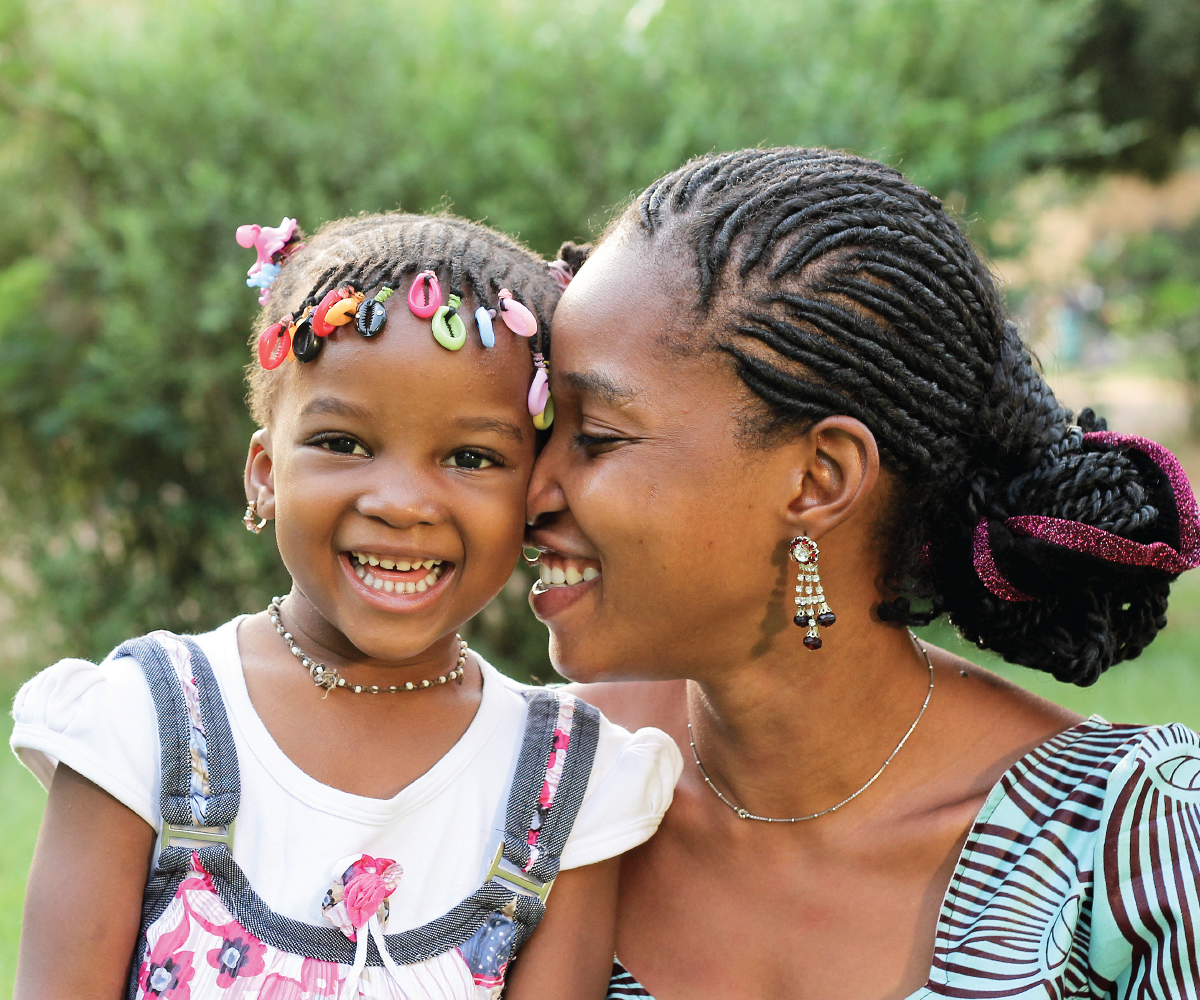
This International Women’s Day, we’re looking at the impact of unpaid care work on women and girls and the global economy—and how PRB and CREG are helping address this urgent issue.
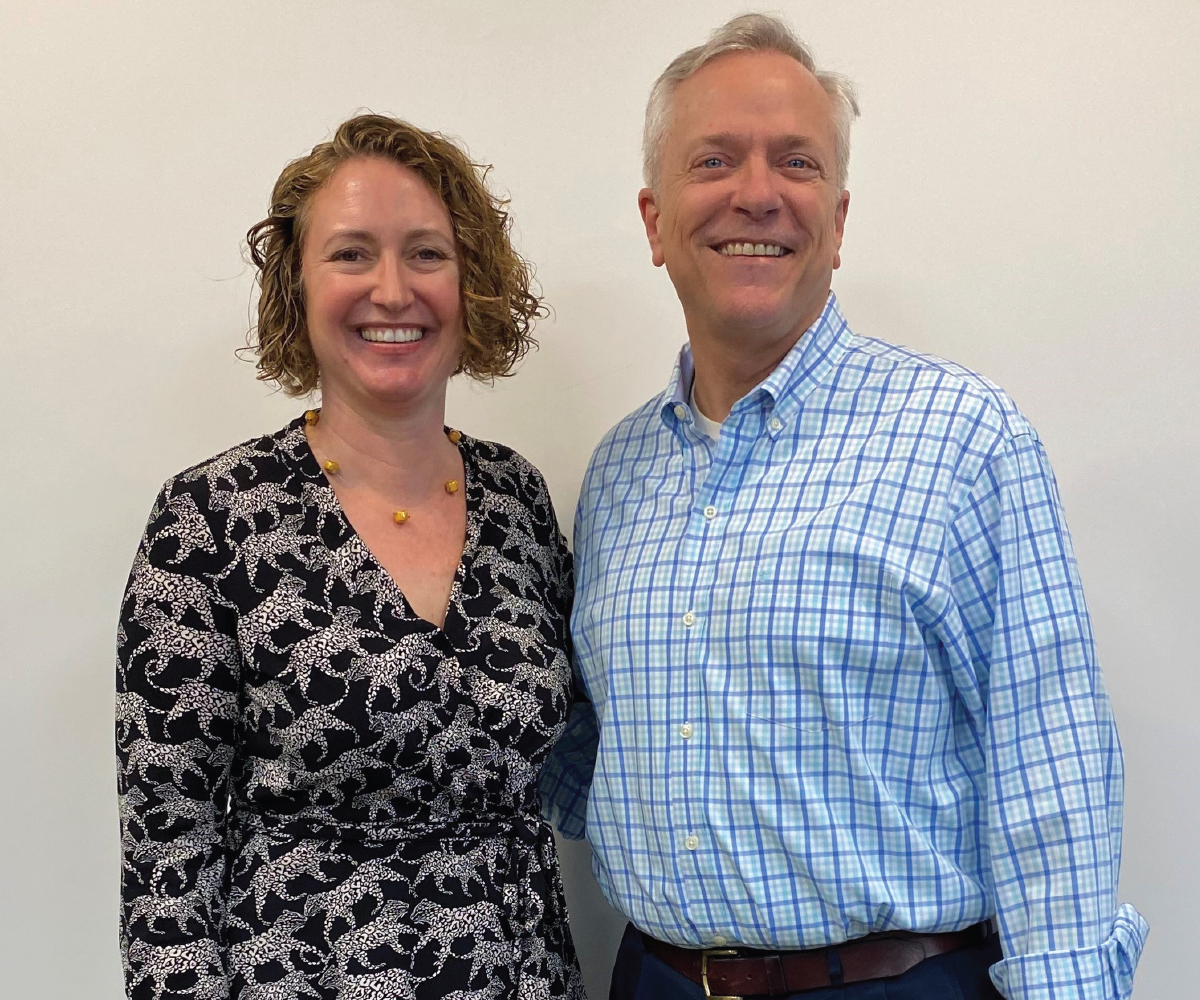
Traci L. Baird, President and CEO of EngenderHealth, remarks on the retirement of PRB President and CEO Jeffrey N. Jordan.
(2009) As many as 140 million girls and women worldwide have undergone female genital mutilation/cutting (FGM/C), and more than 3 million girls are at risk for cutting each year on the African continent alone.
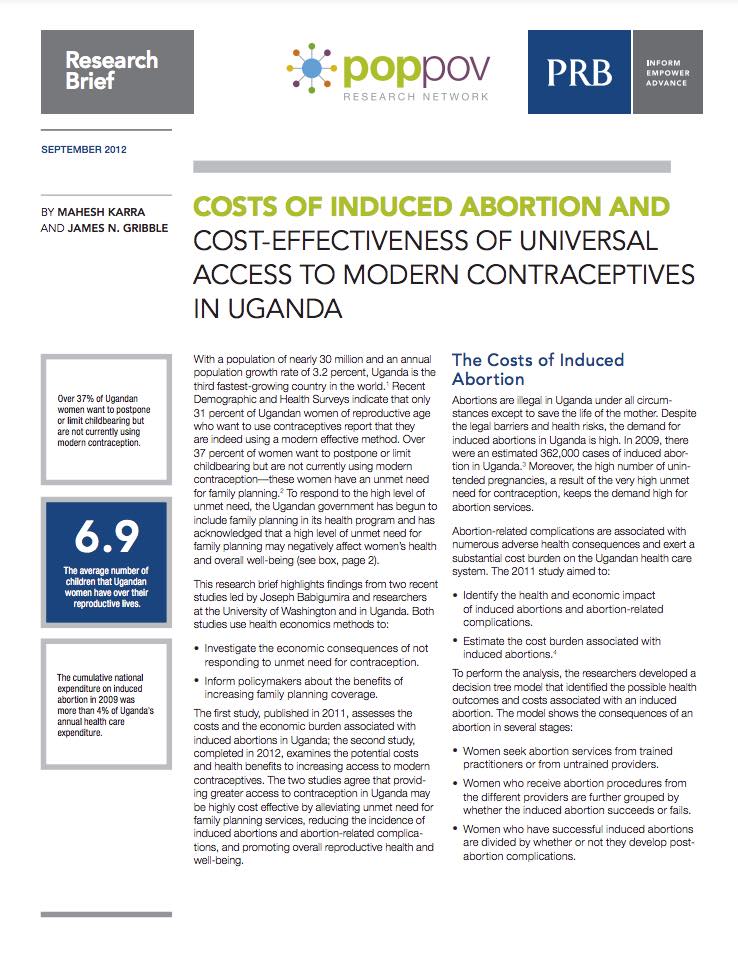
2012) With a population of nearly 30 million and an annual population growth rate of 3.2 percent, Uganda is the third fastest-growing country in the world. Recent Demographic and Health Surveys indicate that only 31 percent of Ugandan women of reproductive age who want to use contraceptives report that they are indeed using a modern effective method.
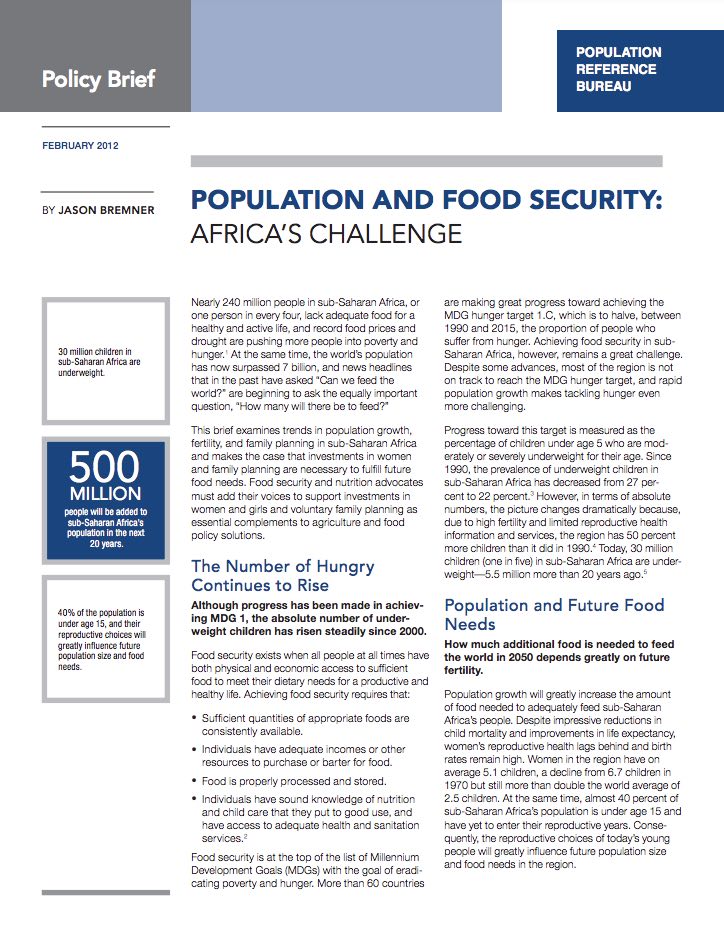
(2012) Nearly 240 million people in sub-Saharan Africa, or one person in every four, lack adequate food for a healthy and active life, and record food prices and drought are pushing more people into poverty and hunger.1 At the same time, the world’s population has now surpassed 7 billion, and news headlines that in the past have asked “Can we feed the world?” are beginning to ask the equally important question, “How many will there be to feed?”
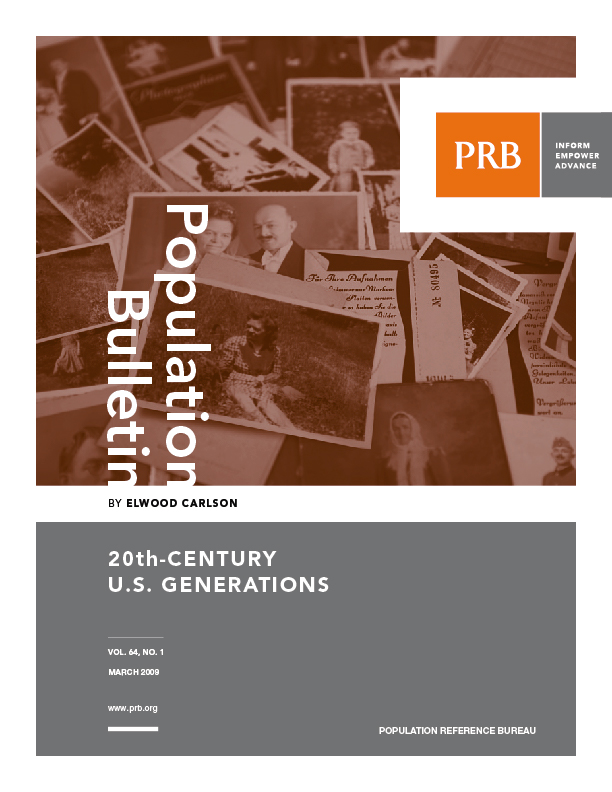
(2009) Unique events, political climates, and social and economic conditions shape each new generation in every society.

(2013) Rwanda faces development challenges that stem from several factors: low per capita income, the legacy of the social and political upheaval experienced in the 1990s, and high population density.

Project: American Community Survey and Decennial Census Support Services
(2020) The U.S. population is undergoing rapid racial and ethnic change, led by growth of the Hispanic/Latino and Asian American populations. For policymakers and others, keeping track of these changes is important because some racial and ethnic groups are faring worse than others.

Project: PACE: Policy, Advocacy, and Communication Enhanced for Population and Reproductive Health
Over the last 50 years, family planning has created opportunities for women and girls to increase schooling, labor force participation, occupational choice, and wages, so they can build better lives for themselves and their families.
(2009) With one year to go before the 2010 U.S. Census, what measures are being taken to ensure that Americans participate? How will technology such as handheld GPS systems be used to gather data? Why is the census so important to foundations and nonprofits? What interests and concerns does Congress have?